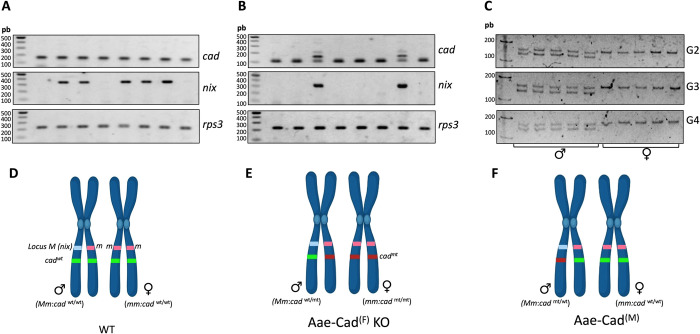Fig 2. Sex-linked behavior of Aae-Cad mutations.
RT-PCR analysis of eight fourth-instar larvae randomly selected from wild-type (A) and Aae-Cad(F) KO (B) populations. Among eight Aae-Cad(F) KO larvae, two were males (nix positive) and presented both aae-cad alleles, the wild-type and mutant with 50-nt deletion, while the six females (nix negative) presented only the allele with 50-nt deletion. The rps3 gene was used as a housekeeping reference. C) PCR analysis of ten adults from Aae-Cad(M) KO population from different generations (G2 to G4). PCR products of five males and five females from each generation were analyzed in 6% polyacrylamide gel and the 10-bp deletion was observed only in one aae-cad allele of males. D) Scheme of chromosome 1 with the loci (M:m) in males and (m:m) in females. The location of aae-cad gene is showed with a green line. E) In the case Aae-Cad(F) KO population, the 50-bp mutation in aae-cad (red line) was generated in the chromatid associated to m-locus and only females are homozygous mutant. F) The 10-bp deletion in aae-cad (red line) generated in Aae-Cad(M) KO population is associated to M-locus, thereby only males inherit the mutation being heterozygous.

